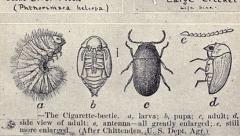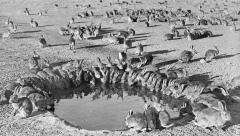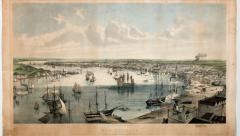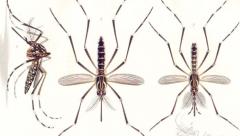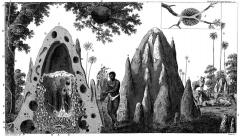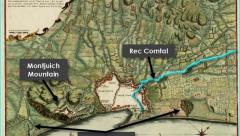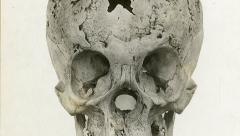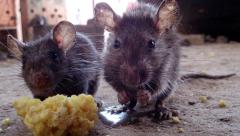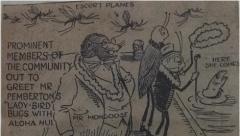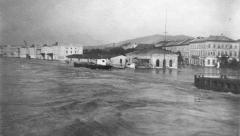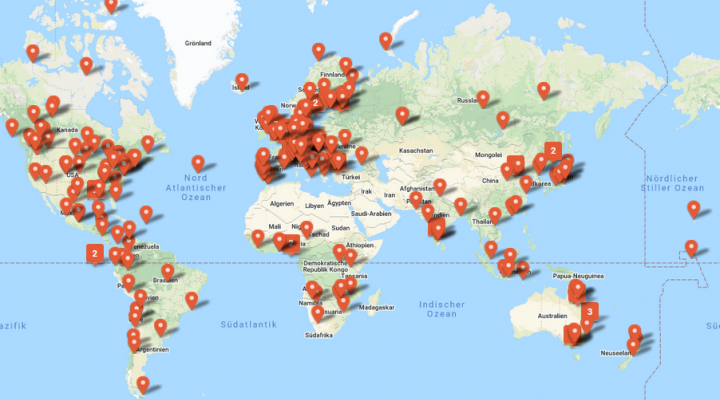About this collection
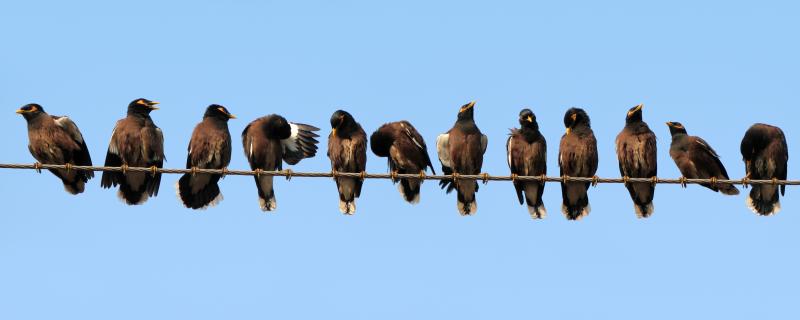
The common myna (Acridotheres tristis), native to South and Southeast Asia, was introduced to Hawai’i in 1865 as biological pest control. Today, these birds have come to be regarded as pests that endanger and compete with endemic bird populations.
The common myna (Acridotheres tristis), native to South and Southeast Asia, was introduced to Hawai’i in 1865 as biological pest control. Today, these birds have come to be regarded as pests that endanger and compete with endemic bird populations.
Karunakar Rayker (flickr)
 This work is licensed under a Creative Commons Attribution 2.0 Generic License.
This work is licensed under a Creative Commons Attribution 2.0 Generic License.
We cannot see them with the naked eye, yet their presence can decide over our life or death. We loath living next to them, yet it was often us who made this proximity possible. We try to describe, control, or exterminate them, yet our efforts often speak more about ourselves than about our would-be enemies. Diseases and pests, these obscure and unwanted agents, shape our lives and environments in unexpected and profound ways. One of the outcomes of the 2016 ESEH summer school “The Undesirable: How Parasites, Diseases, and Pests Shape Our Environments”, this collection explores historical perceptions and management of diseases and pests as well as broader environmental, political, and ethical implications of pest and disease control. “Diseases and Pests in History” is open to new contributions.
The collection is curated by Pavla Šimková (Rachel Carson Center for Environment and Society) and Patrick Kupper (Institute for History and European Ethnology, University of Innsbruck).


